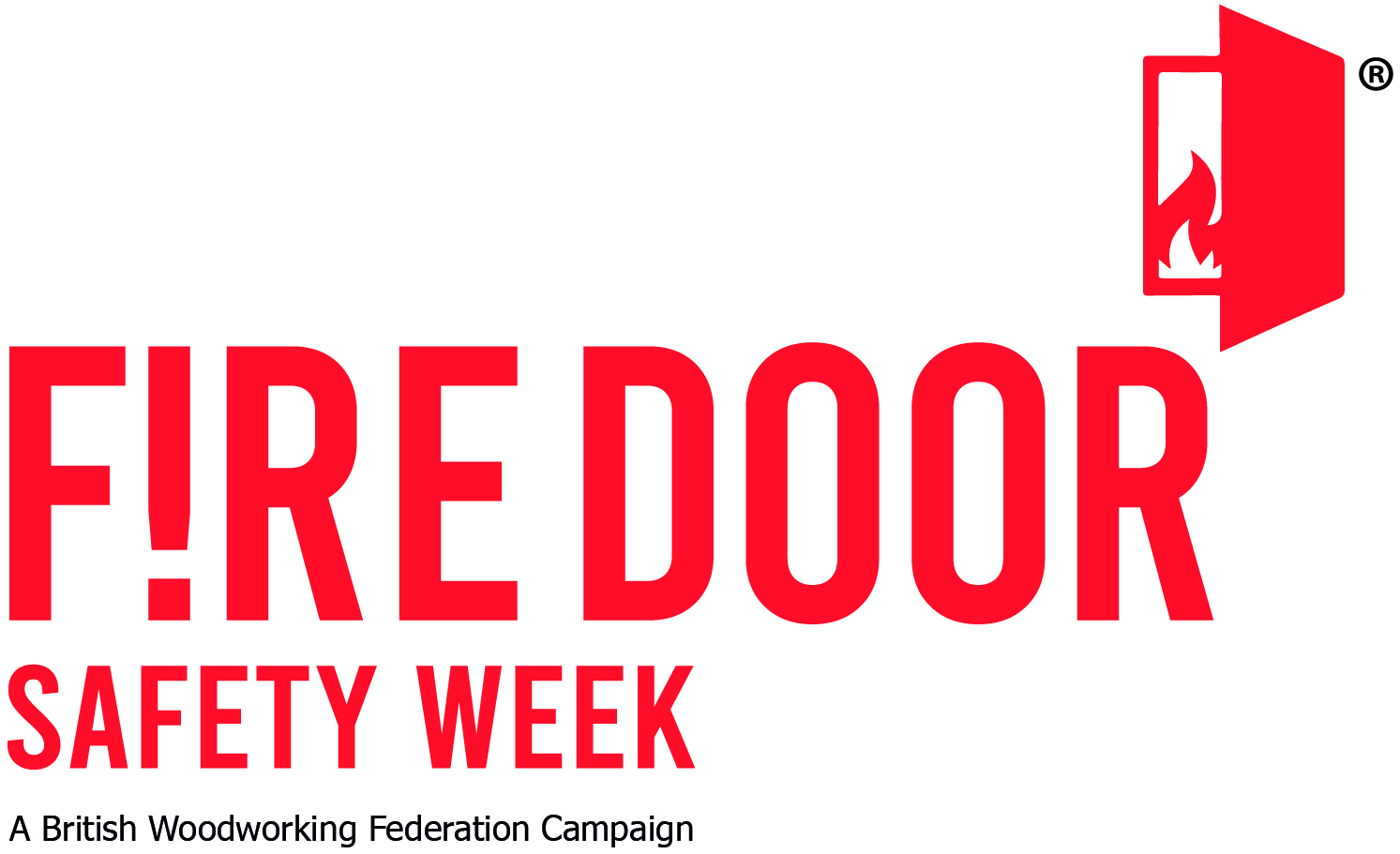What is your responsibility?
- Care homes and sheltered housing providers have a responsibility under the Regulatory Reform (Fire Safety) Order 2005 (FSO) to ensure that their properties and residents are safe.
- Facilities should have a fire risk assessment and nominate a “responsible person” (this could be a management company or an individual) who has legal responsibility under the FSO and can be criminally prosecuted if they do not fulfil their duties. This covers a requirement upon the Responsible Person to demonstrate that in the event of danger, it must be possible for persons to evacuate the premises as quickly and safely as possible.
- The state of Fire Doors falls within this responsibility and is given specific reference in the FSO.
- Whilst this legislation has been in place for a number of years, we continue to hear from Landlords who do not understand their responsibilities, and relatives of tenants who are concerned about fire doors.
Why is a Fire Door Important?
- A fire door ensures that should a fire break out, it can be contained in a “compartment”. This keeps the fire and smoke trapped for a defined period, allowing time for people to get out/to be rescued and make the fire easier to tackle.
- It will not fulfil this function if damaged or propped open.
How to identify a fire door
- Signs that might indicate a fire door include things like a blue ‘Fire Door’ or ‘Keep Closed’ sign, door closers, intumescent or smoke seals around the edge of the door or the frame.
- In blocks of flats, the external door to a flat invariably should be a Fire Door, this protects the common areas from spread of flame and smoke. Other locations will depend on the risk assessment and fire plan of the buildings, internal doors could well be fire doors depending on the size of the apartment and distance from the flat entrance door. You can find out more on the GOV.UK website.
- All fire doors are fire rated. Some are FD30 (providing 30 minute protection), FD60 (60 minute protection) or higher. There is usually a certification mark (a label or plug) on top of the door if it is a Fire Door – you can find out more in the Best Practice Guide published by the BWF Fire Door Alliance.
How to inspect and maintain a fire door
- Fire doors should be checked regularly, and the more they’re used the more frequently they should be checked.
- Anyone can spot a dodgy fire door (do the 5 Step Check today). But if you have legal responsibility for fire safety, call in a professional.
- Create a fire door maintenance checklist and schedule, and check all doors in your building.
- Only ever replace damaged components with like-for-like. Check the fire certificate. A trained person should be responsible for this maintenance work.
